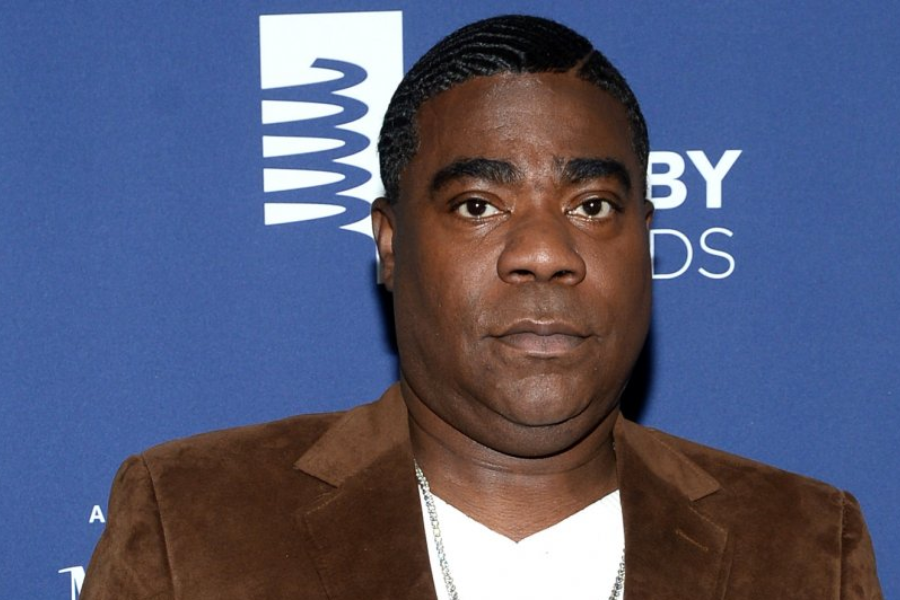Dive into the captivating realm of , a fundamental element in music that brings melodies to life. Diezes are crucial for altering musical pitches, simplifying the reading of sheet music, and aiding musicians in performing compositions accurately. They enhance the clarity of musical scores, ensuring that every note is understood and played as intended.
The Fundamentals of Diezes in Music Notation
are symbols used to raise the pitch of a note by a semitone. They are a key part of music notation, helping to create a clear and organized musical structure. Alongside sharps and flats, diezes fine-tune notes on the staff, allowing for greater musical expression and accuracy.
Understanding Diezes in Musical Pitches
Diezes are more than just visual indicators—they alter the pitch of notes, adding richness to musical compositions. By raising a not https://mainguestpost.com/ e’s pitch by a half-step, contribute to the harmonic complexity of music, providing composers and musicians with a broader range of sound variations.
Diezes Versus Flats: Navigating Musical Notation
While raise notes, flats lower them. Understanding the difference between these symbols is crucial for accurate music performance. and flats help musicians interpret music correctly, ensuring that every note is played with the intended pitch.
Visualizing on the Fretboard: A Guide for Guitarists
For guitarists, on the fretboard can initially seem challenging. However, with clear markings and practice, guitarists can effectively utilize to enhance their playing. Understanding how diezes translate to the fretboard improves both musical skill and creativity.
Historical Evolution of Diezes and Their Notation
The history of diezes is a fascinating journey through music. From their early use in medieval manuscripts to their modern notation, diezes have evolved significantly. This evolution reflects changes in music theory and notation practices, highlighting the dynamic nature of musical expression.
From Simple Marks to Complex Symbols
Originally, were simple marks, but they have developed into essential symbols in music theory. Their journey from basic pitch modifiers to integral components of harmony illustrates their impact on music composition and performance.
Diezes and Their Role in Shaping Music
Diezes have evolved to play a crucial role in shaping musical harmony across various styles. Their transformation from basic notation to complex theoretical tools reflects broader changes in musical tastes and compositional techniques.
Diezes in Modern Music Composition: A Creative Tool
In contemporary music, aremore than functional—they’re a source of creativity. Musicians and composers use diezes to new sounds and enhance musical innovation across genres, including electronic music.
Innovative Use of in Contemporary Genres
are instrumental in shaping melodies and harmonies in modern music. Composers use them to create unique musical expressions, particularly in genres that value complex soundscapes and novel harmonic structures.
Diezes in Electronic Music Production: Expanding Possibilities
In electronic music, allow producers to push the boundaries of traditional sound. Through synthesizers and software, help create innovative sounds that blend classical music elements with modern technology.
Diezes and Music Theory: Building a Solid Foundation
Diezes and Key Signatures: Understanding the Connection
Diezes play a key role in key signatures, which define the tonal center of a piece. Knowing how diezes affect key signatures is essential for musicians to perform or compose in various musical keys.
Practical Exercises for Mastering Diezes
To effectively use , musicians can practice exercises that incorporate them into scales and compositions. These exercises translate theoretical knowledge into practical skills, enhancing overall musical proficiency.
Enhancing Sheet Music Legibility: Strategic Placement of Diezes
Proper placement of in sheet music is crucial for clarity. Thoughtful positioning helps musicians read and play music more easily, especially in complex passages.
Strategies for Effective Dieze Placement
When placing , consider the music’s key, the visual layout, and readability. Proper placement prevents confusion and ensures that the music remains true to its intended sound. Composers can use software tools or manual adjustments to achieve optimal clarity.
By mastering and their application in music notation, musicians can enhance their performance and interpretation, making complex pieces more accessible and enjoyable to play.
(FAQs)
1. What is a dieze in music?
- A dieze (or sharp) is a musical notation that raises the pitch of a note by a half step. It is represented by the symbol ♯.
2. How do =affect musical pitch?
- raise the pitch of a note by one semitone. For example, if you apply a dieze to a C note, it becomes C♯ (C sharp), which is one semitone higher than C.
3. How are used in sheet music?
- are placed before the note they modify on the staff. They can also appear in key signatures to indicate that certain notes in a piece should always be played a half step higher throughout the composition.
4. What is the difference between diezes and flats?
- Diezes raise the pitch of a note by a half step, while flats lower the pitch by a half step. For example, C♯ (C sharp) is one semitone higher than C, whereas C♭ (C flat) is one semitone lower than C.
5. Why are diezes important in music composition?
- allow composers to create specific pitches and harmonies, enhancing the musical expression and complexity. They help in accurately notating the intended pitch changes and maintaining musical clarity.
6. How can guitarists learn to use on the fretboard?
- Guitarists can learn to use by practicing scales and chords that incorporate sharp notes. Understanding the fretboard layout and applying to different positions can help improve their playing.
7. What is the historical evolution of diezes?
- ave evolved from simple notations in medieval manuscripts to complex symbols in modern music theory. Their development reflects changes in musical notation and theory over time.
8. How do diezes fit into music theory?
- are integral to music theory as they are used to define key signatures and scales. Understandingelps musicians interpret and perform music accurately across various keys.
9. How can musicians improve their understanding of diezes?
- Musicians can enhance their understanding of dby studying music theory, practicing with scales and exercises that includeand analyzing sheet music to see hare used in different contexts.
10. How can composers ensure clarity when using diezes in sheet music?
- Composers can ensure diezes clarity by strategically placing diezes in the sheet music, considering the key signature and visual layout to avoid clutter. Using music notation software can also help in achieving clear and l
Discover expert insights and guest posts on industry trends and innovations at MainGuestPost.com.














Leave a Reply